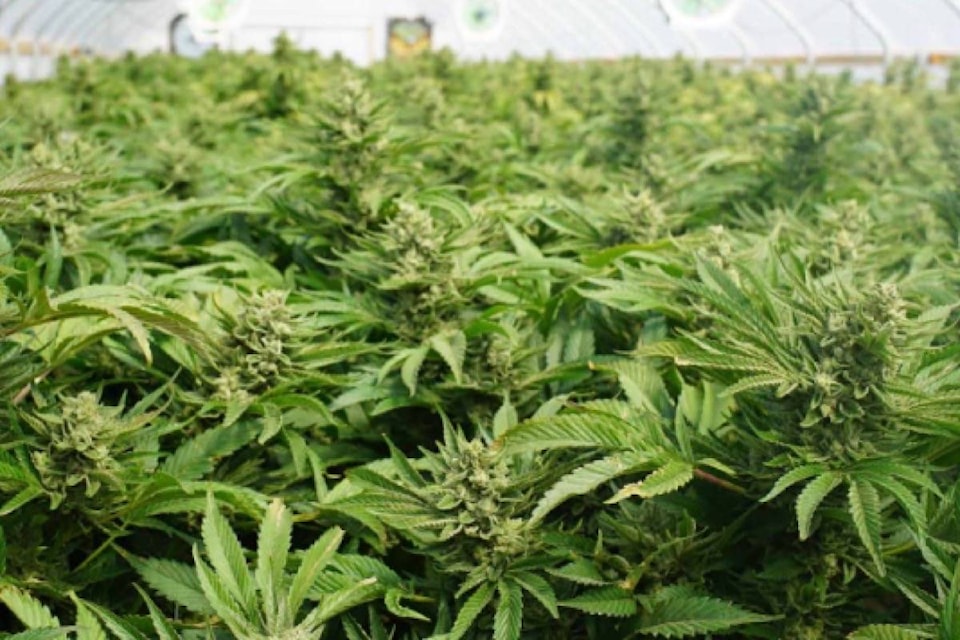A proposed medical cannabis production facility in rural Oliver slated for land in the Agriculture Reserve got the go ahead from Regional District of Okanagan-Similkameen despite objections from several directors.
A development variance permit for the proposed three-building, 44,600 meters-squared facility on Secrest Hill Road was before the RDOS Thursday.
The variance was applied for by the applicant David and Wanda Casorso to allow for an indoor grow facility to cover 17 per cent of the parcel size. Under current Agriculture Land Reserve guidelines parcel coverage can only be three per cent in size for medical cannabis facilities, however greenhouses can be up to 75 per cent in size. It’s anticipated the facility will grow 30,000 kilograms of medical cannabis a year.
If the permit was not approved, the applicant advised RDOS staff, they planned to go ahead and grow in greenhouses instead and their footprint would be up to 67 per cent site coverage, planner Emily Williamson told directors.
“In recognizing the indoor growing facility it results in a smaller building footprint than a greenhouse and this is because plants can be stacked vertically. You’re not relying on sunlight to grow plants,” Williamson said.
Tom Siddon, director for Area D, spoke out against the development.
“I was told, and a strong case was made around this table over the last months, that we didn’t want these grow-ops on agricultural land and that’s why we’re offering up an industrial park, which happened to be the one in my electoral area. Now we’re legitimizing one on agriculture land,” he said.
He said there were other options for crops and other areas the facility could be built.
Michael Brydon, director for Area F (West Bench) said agriculture uses are changing.
“I think we really need to get that message out to people agriculture is not necessarily nice green rows that are beautiful to look at anymore. It’s evolving. You just have to go to Delta and see it’s big, ugly lit greenhouses and production facilities such as this because that’s what’s going to feed the world or feed your dope habit,” he said.
Brad Dollevoet, development services manager, said the the applicant has options that do not include seeking board approval.
“Our zoning bylaw currently allows greenhouse operations to be up to 75 per cent of parcel coverage. So, if a greenhouse application is put forward to our regional district that is less than 75 per cent then, which they feel it would be less, it would go straight to a building permit. It would not require a development permit, so it would not be brought forward towards this board for a decision and it would be issued by our staff if it met building code,” he said.
The development variance permit was approved by rural vote with only Siddon and Elef Christsensen, Area G director, voting against.
